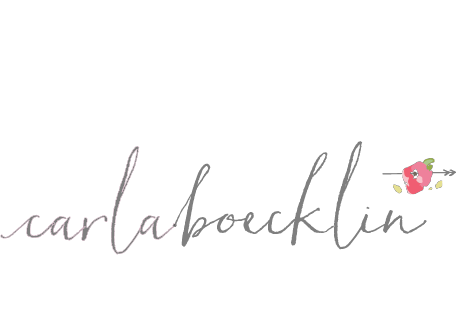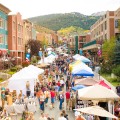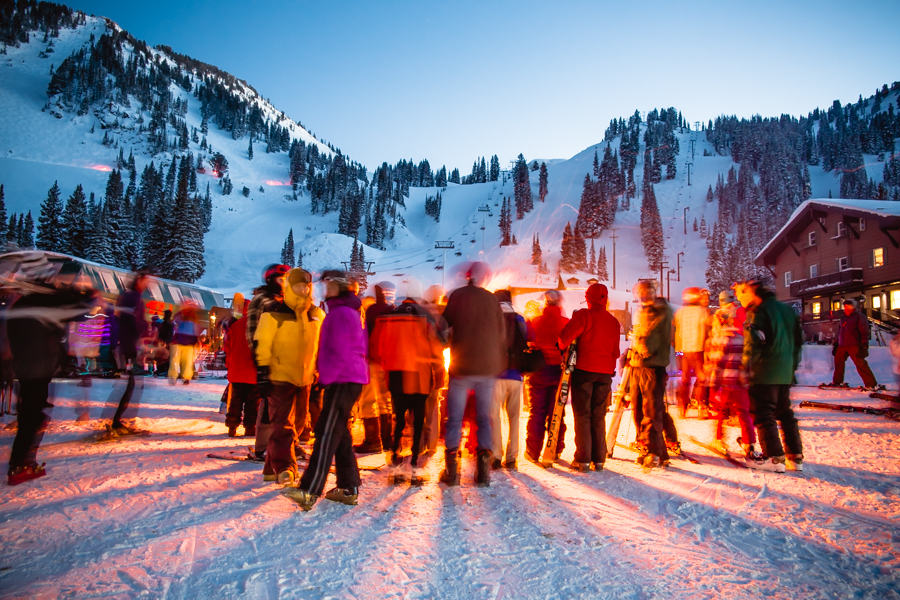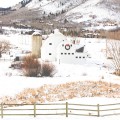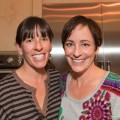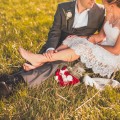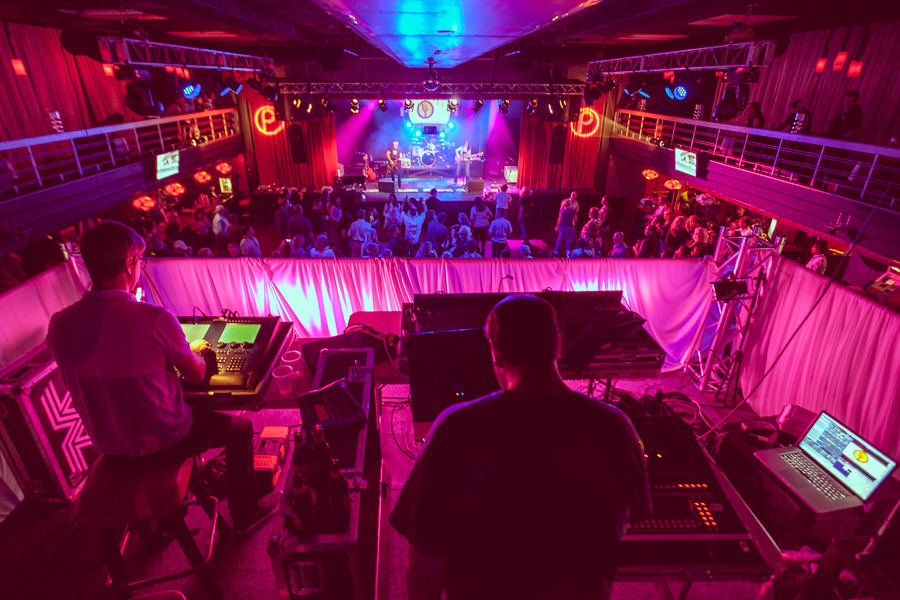
Being a Park City Photographer :: Experience
Experience: that most brutal of teachers. But you learn, my God do you learn.
There is no better teacher than experience. I touch upon this topic in a recent blog post where I emphasize the importance of working at all costs, even if your only option is to work for free. Because actually acting out the career you want is the only way to learn how to do it.
Get out there. Call local papers or magazines for the chance to contribute. Going out on shoots for them is an excellent way to network AND see your work in print. Check out ModelMayhem for models willing to work for trade. Join local social media groups that promote the style of photography that interests you (fashion? lifestyle?) since they often mention collaborative shooting opportunities. Post on community sites that may offer a chance to grow your portfolio (i.e., offer free shoots on pages that pertain to maternity or child-rearing or athletic teams or non-profit events). Ask other photographers if you can do something for them in exchange for shadowing them on a shoot or an hour of their mentoring.
Find clever ways to maximize your image collections. For example, when you cover an event, photograph it strategically — consider how the images could be useful for other people involved in the event (planners, vendors, guests, hosts, and any entertainment or performers). After a shoot, post the photos. If you post them in a blog on your website, find a means of sharing the post. Send the link to, say, the event planner indicating that you’d like to share the post with other people that participated in the event. If you don’t have a website, post the album on Facebook and tag tag tag in order to share it as wide & far as possible. All of this effort will help in bringing awareness to your brand.
Also, when your shoot is over, analyze the hell out of it. How did you maximize the available lighting and could additional lighting have enhanced it? Consider angles, composition, lens choice, settings, and creative choices. For example, sometimes when I instinctively reach for the 50mm, I’ll stop myself and grab the 70-200 or the macro lens instead — choose something unexpected! Or, if a portrait taken with f/2.8, 200 ISO, and 1/1000 shutter speed would work, why not try f/5, 400 ISO, and 1/100 just to explore another way of capturing the image so as to play with tone & feel. How did you interact with the clients? Could the communication have been clearer/friendlier/more helpful/more fun/less pose-y/etc? And equally appraise your post-production treatment of the images. Every now & again, push the sliders in unusual ways and see how the image looks, say, more exposed, more shadowed, less highlighted, less contrasted, black and white, warmer, cooler, or with the yellow hues a little more orangey.
Pushing yourself to be more aware, more explorative, more courageous — tackling challenging or surprising experiences — will make you a better shooter and business person.
